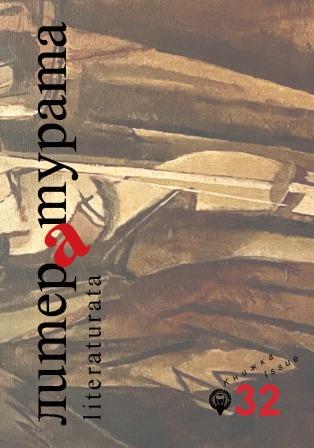Техниките на актьора: мимесис и мимикрия във „Филоктет“ на Софокъл
The Actor’s Techniques: Mimesis and Mimicry in Sophocles’ Philoctetes
Author(s): Kamelia SpassovaSubject(s): Theatre, Dance, Performing Arts, Language and Literature Studies, Fine Arts / Performing Arts, Studies of Literature, Philology
Published by: Софийски университет »Св. Климент Охридски«
Keywords: contradiction; mimesis; mimicry; anagnorisis; anger; mask; embodiment of passions; the art of non-identity; actor’s techniques; reading across time
Summary/Abstract: This article explores the use of mimesis and mimicry in Sophocles’ Philoctetes (409 B.C.), focusing on Odysseus’ dramaturgical role through three interconnected critical moves. It foregrounds the figure of Odysseus at the play’s periphery to investigate his hitherto overlooked theatrical functions. Second, it conducts a close reading focused on aesthetic register rather than ethical considerations. Finally, it explores how one of Odysseus’ opening speech functions as a metatheatrical treatise on ancient acting techniques. By analyzing Odysseus’ role, the article elucidates how ancient Greek theatre conceived the actor’s craft of voice modulation, masks, and embodiment of passions. The paper concludes that tragedians, through their characters, engage in deception, mimicry and manipulation, challenging the audience’s perception of truth. It emphasizes the directorial insight and interpretation required to navigate conflicting narratives and highlights the actor’s ability to assume multiple identities and the art of non-identity. The study illuminates how theatrical virtuosity entailed a fluid mastery of self and non-self, as exemplified by Odysseus’ protean abilities.
Journal: Литературата
- Issue Year: XVIII/2024
- Issue No: 32
- Page Range: 74-94
- Page Count: 21
- Language: Bulgarian
- Content File-PDF

